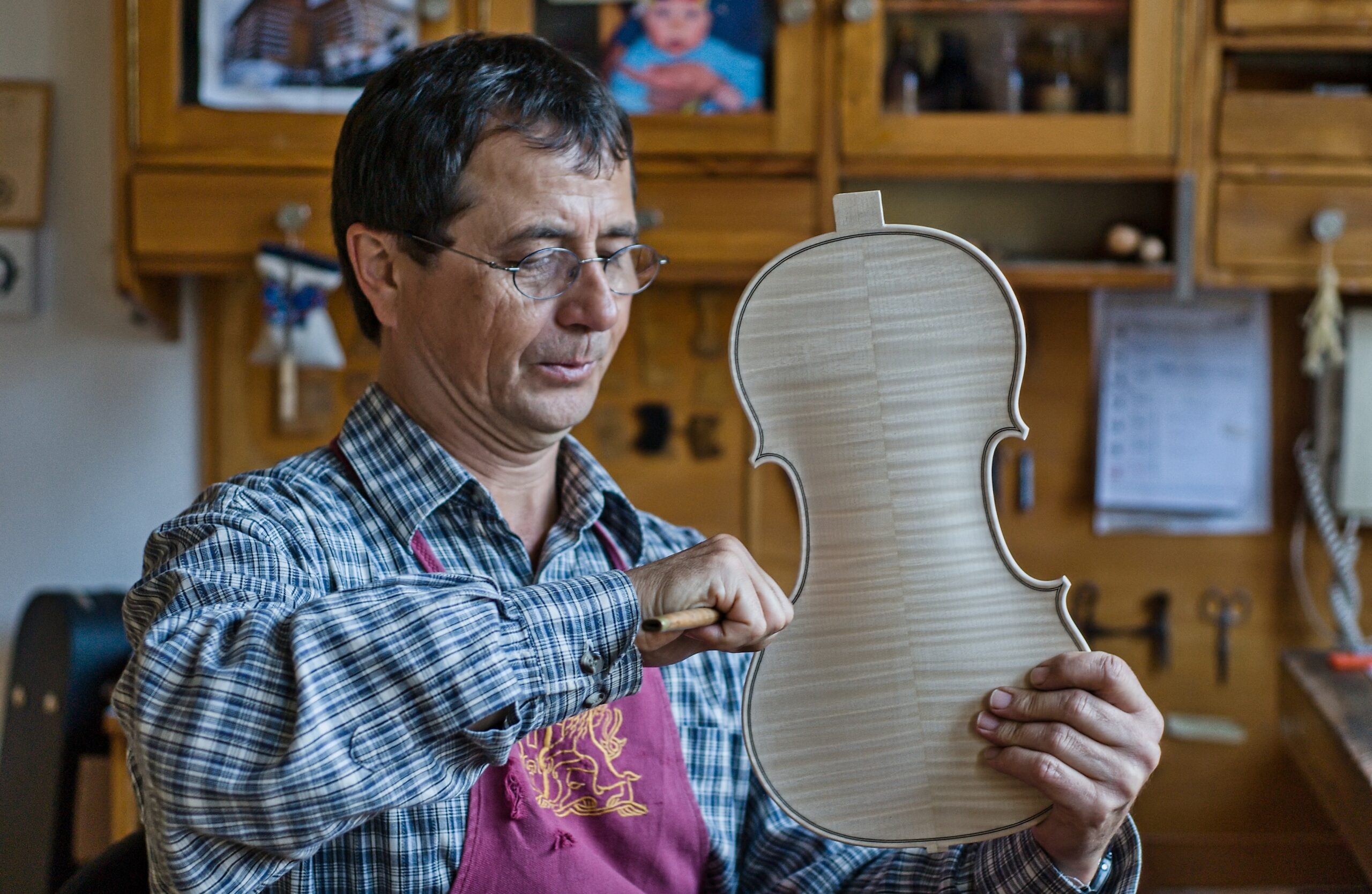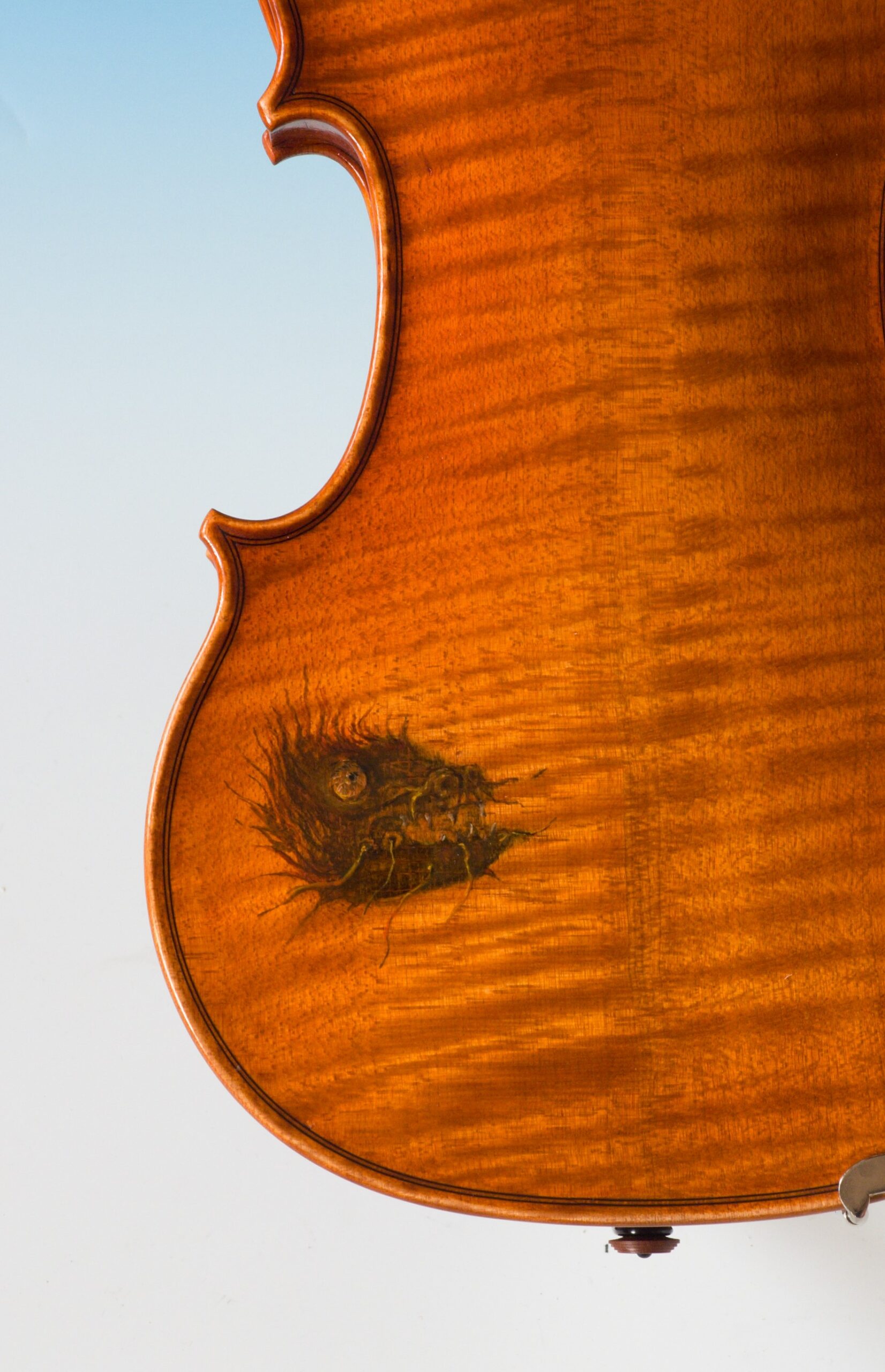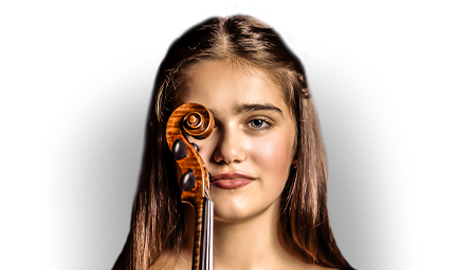Tradition, craft humility, sense of detail and deep respect for sound. It all comes together in Master violin maker Tomáš Pilař´s work. His workshop bears a renowed name has lasted for over a hundred years. This name is well known amongst musicians of any age and any continent.
Your family has been dedicated to violin making for many generations. When did you make your decision to continue in the family tradition?
It wasn´t me who made the decision, it was fate that decided for me. It should have been my older brother who was supposed to continue in the family tradition, but his interest was far outside the field. In the end, he devoted himself to electronics. Violin-making has fallen to me. Fortunately, I didn´t have strong interests, the fate took control and I am very grateful for it.

Do you remember the very first violin that you made?
At violin-making schools students learn how to build brand new instrumets. It is essential from the very beginning. My father let me do simple repairs in his workshop for the first years of my studies. Over time, the difficulty of those repairs gradually increased. My work was meaningful since I started studying. In my third grade I carried out challenging restoration work on an old cello. Only in the last year of my study I started building new violins. Those violins were excellent quality thanks to my three years of experience in my father´s workshop.
What do you consider to be the greatest reward in your work? What do you enjoy the best?
My work completely suits my mentality, my nature. It is creative work in my quiet studio, which only interrupted by occasional visits of interesting people, amazing musicians. The main satisfaction of my efforts are their regular visits. They come back to me, the show me their affection, their respect and satisfaction with my work. It is worth more than money.
Last autumn, you celebrated 100 years since the founding of your studio. What would you like the next hundred years of this craft to look like?
Despite the skepticism of the 1960s, when electric and electroacoustic versions of musical instruments started to emerge and were expected to replace traditional acoustic ones, the situation today is stable, and classical instruments are still irreplaceable. Our field is traditional, centuries-old, and conservative — and it’s clear that this will continue for centuries to come, as long as the world stays as we know it. We can aim for perfection in making violins, especially in getting the best possible acoustics and sound quality. That’s the main goal. But making any major changes to the design is impossible — then it wouldn’t be a violin anymore.
You’ve made over 300 musical instruments. How has your approach to making them changed over time? Do you follow any trends, for example?
Because of the conservatism of the field, we avoid following any fashion trends, and every violin maker simply puts their own unmistakable signature on their instruments. I try to meet customers’ requests in the surface finish — that is, the varnish and polish. The quality of the varnish must remain, but the colour shades of the varnish and the tone colour can be adjusted. The timbre can be darker or lighter, but those are just nuances. What matters is the strength of the tone and the clarity of the sound. Unfortunately, the latter is largely influenced by the material. That’s why choosing the right material is so important. Using varnishes outside the traditional colour spectrum — yellow, brown, red — is just a way to make the player stand out and bring classical music closer to a wider audience. I have no problem with that, but these will always remain exceptions and cannot be considered a fashion trend.
How long does it usually take to make a violin, and how do you collaborate with musicians to create an instrument that meets their needs?
A master instrument typically takes about 250 hours of work. Each instrument is built from the start for a specific customer, who can make certain requests that are acceptable and reasonable to me. This could be the choice of model, the aforementioned varnish shade, or perhaps a narrower neck with the fingerboard, but always within the limits that I consider non-negotiable. They can choose the strings, as well as the set of pegs and tailpiece used. These can be made of ebony, rosewood, or boxwood. Perhaps this is where we can talk about trends.
How long has your workshop been involved in the Kocian Violin Competition, and what does your collaboration consist of?
We have been supporting the Kocian Violin Competition for decades, and my presence there is a tradition. I always look forward to it; it’s close to my heart. The kids are amazing, and you gain so much energy from the experience. Years ago, I donated my new master instrument — the Dragon Violin — to the competition’s laureate. It was a little Chinese girl from Canada who received it. Given the dragon symbol on the violin, it was very meaningful for her. However, this kind of support is unique for me because it represents almost two months of my work. This year, we prepared a special offer for the best Czech participants — the opportunity to borrow a master instrument from our workshop. In the future, I plan to make a special master instrument for this purpose, which will somehow reference Master Kocián. It will be offered to a Czech participant for one year at a time.

Will violins from your workshop be heard at this year’s Kocian Competition?
I immediately think of something quite rare. For my grandson Adam, I built a real master instrument in half-size years ago. In the category of master violins made without the help of a factory, small violins are built only rarely. It takes about a month or two of work for a short period of use. However, a talented and sensitive child truly appreciates such an instrument. These half-size master violins will be played by Vítek Langášek, I believe in the second category, to whom I have confidently lent them.
(AK)

